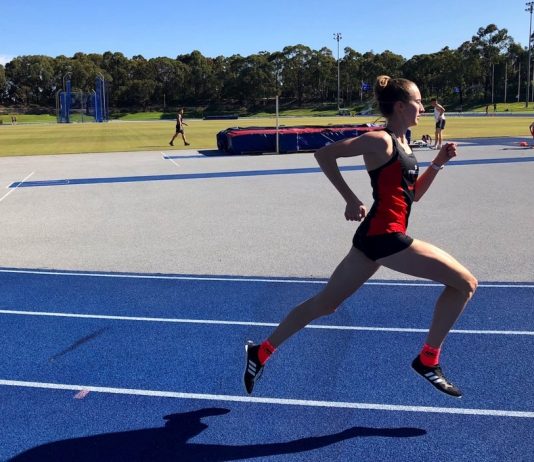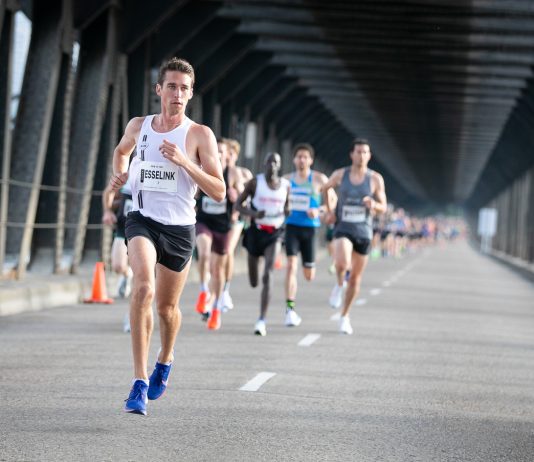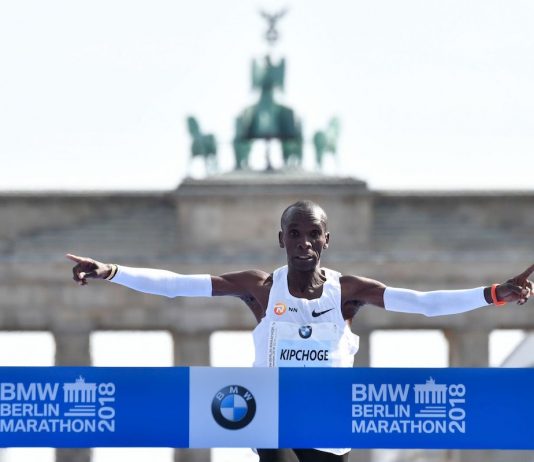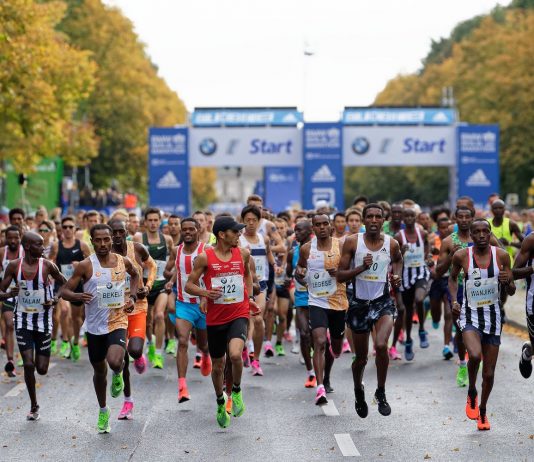While the treadmill may lack the picturesque scenery of outdoor routes, it offers numerous advantages that make it a favorite among elite runners like Eilish McColgan. Inclement weather poses a safety risk on outdoor surfaces, making the treadmill a reliable alternative. Additionally, studies show that treadmill running can lead to adjustments in stride length and frequency, ultimately improving cadence and reducing impact forces on the body.
Embarking on the challenging and rewarding journey of training for a marathon requires careful planning, dedication, and a holistic approach. To ensure a fulfilling experience and achieve your desired performance, it is crucial to focus on building endurance, optimizing your training, and maintaining both physical and mental well-being throughout the process.
When it comes to long-distance running, finding the perfect balance of strength, speed, and endurance is the key to success. These crucial elements require careful cultivation through consistent training, including workouts such as the dynamic 400m repeats. What sets this workout apart is its innovative approach—gradually reducing the recovery time between intervals, challenging your body to develop both strength and endurance while maintaining a swift pace.
Threshold training, or T-pace, running is highly beneficial for distance runners, providing satisfying workouts and better consistency while avoiding overtraining. There are two types of threshold training: tempo runs and cruise intervals. Tempo runs are moderately prolonged runs that improve endurance, while cruise intervals involve repeated runs with brief recoveries. The focus here is on tempo runs, including extended tempo runs.
Lactate threshold plays a vital role in optimizing running performance, representing the exercise intensity at which blood lactate begins to accumulate. By delving into the significance of lactate threshold and adopting effective strategies to improve it, runners can train their bodies to endure high-intensity workouts with reduced fatigue. This article explores practical methods to elevate your lactate threshold, ultimately leading to enhanced endurance and speed.
It is crucial to acknowledge that endurance training does not rely on secret formulas or miraculous workouts. Instead, it revolves around subjecting the cardiovascular system, metabolism, and muscles to stress, triggering adaptive responses. While training methodologies may evolve, the core principles remain unaltered.
Why Eliud Kipchoge’s Simple Training Plan Could Help You Run Faster and Stay Injury-Free
Runnerstribe Admin -
Kipchoge's training approach is based on a simple but effective strategy: running high volumes at low intensity, with only 15-20% of his training time devoted to high-intensity workouts.
The topic of slowing down the pace during easy runs is frequently talked about, but what is considered slow? How much of a reduction in speed is necessary? To clarify this, you can watch a short video featuring Eliud Kipchoge, the world record holder in the marathon, and the NN Running Team. If this doesn't convince you to take it easy on your easy days, then perhaps nothing will.
Eliud Kipchoge is the world's fastest marathoner, with a string of major marathon wins between 2014 and 2019, two Olympic gold medals, and the world record for the distance. Despite his incredible achievements, the Kenyan athlete's lifestyle remains humble and simplistic, and his training focuses on doing the basics well day after day, year after year.
Researchers have found that elite runners adhere to a strict training routine to ensure optimal performance. The key factors in this regimen are planning and periodization. The athletes gradually increase their running volume over several weeks during a base phase. As the preparation becomes more specific, they increase their running volume at race-pace intensity.












